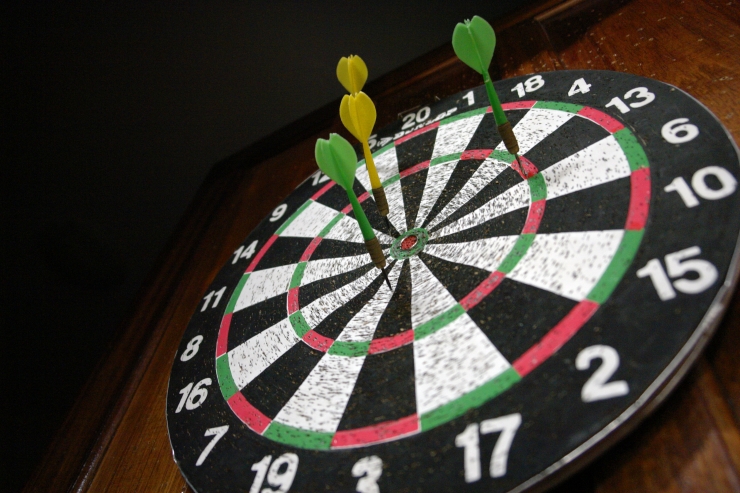
Benefits of Learning Games in Organizations
Learning games are useful. There’s no arguing that gamification is a powerful new tool which makes leadership happy, and is a godsend to otherwise unengaged, bored, put-upon workforces and learning groups. Where with traditional work or learning, there is a dry, forced nature to it for which the only motivation is fear of unemployment and a desire to make a paycheck, gamification brings a new vigor, a new interest and makes the processes less of a chore for those who cannot avoid them.
Learning games are beneficial because they disguise boring, tedious learning or work with a veneer of engagement through gameplay and escapism. It also adds genuine work ethic via competition both with others and oneself, meaning that work gets done and information gets absorbed. The achievement and completionist urge of modern game players is harnessed as a driving force for learning or even daily work.
So, I’ve said it’s beneficial due to the engagement and motivation it provides, but there’s more to it, surely? Well, yes. Let’s look beyond just the surface of this, and see what other positive effects its introduction can have.
With the motivation provided to achieve rewards and notoriety through the rules of the gamification, not only are people motivated to learn, but this gratification can be carried further. Well, once this directive is imprinted, a higher level of reward can be provided by team accomplishment. This will help to motivate the formation of team work and selflessness for a greater cause.
The benefit of this is that, in any organized learning environment, teamwork is important. If students help one another, and all balance their combined strengths and weaknesses for a solid dynamic, things just simply work better. If all the gears turn in tune, the machine works properly, in other words.
Along with this, if team work is in place, it also offloads some of the logistics of leadership, making everything easier to manage. It allows you to conform your team to the learning models you’ve chosen, and to get better metrics with a sub grouping dynamic introduced by gamification. This means that you have a purer sense of success and failure in your training, and therefore can guide things with far more precision.
Beyond this, the learning games themselves can in fact provide spot on metrics for a variety of things themselves. The statistics of students within the game, and of groups within the game are pure measurements of success and failure in a multitude of topics within the learning dynamic as a whole. So, while it provides a great spoonful of sugar to coat the tedium of learning for the students, it’s also a great measurement tool on top of this.
The rules of gamification are entirely up to you, but with a lot of training situations, the best way to go is to base it on tabletop gaming models, rather than to try to take inspiration directly from video games, unless you have a remarkably flexible digital environment as the slate for learning. This is doable, with onboard tutorial software, but that’s some hardcore gamification right there. Find more relevant information on our gamification examples page.
